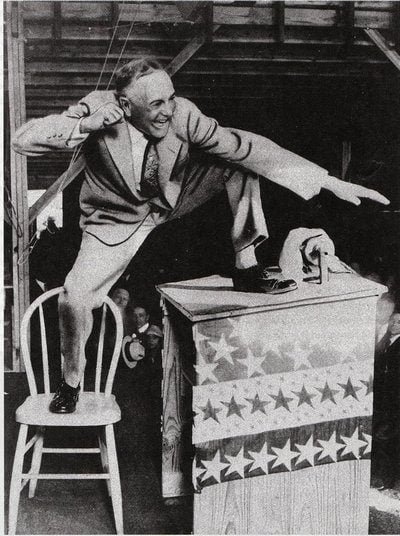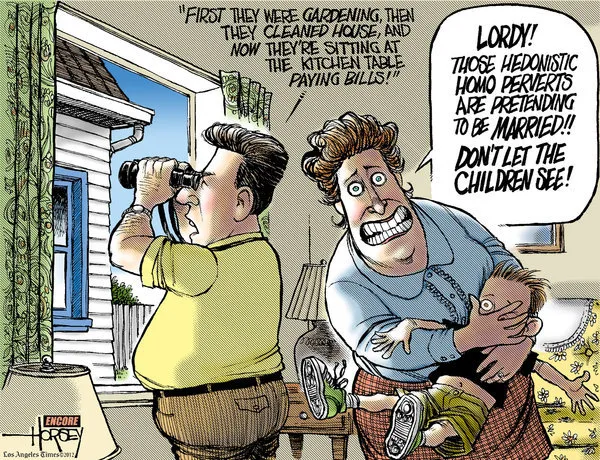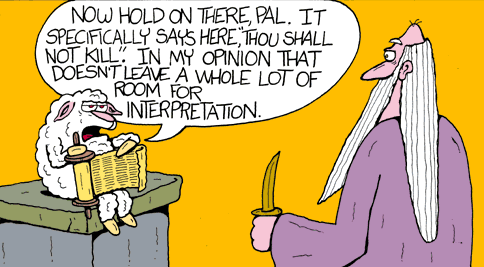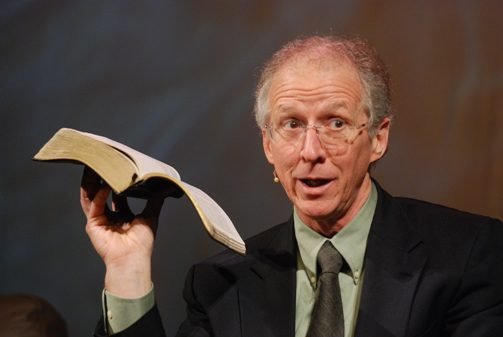
Mike Dunn is the pastor of South Evart Free Methodist Church in Evart, Michigan. The Free Methodist sect is the Fundamentalist wing of Methodism. Several months ago, Dunn wrote an article for the Herald Review titled, Walking Away From Jesus, But Where?
In 1995, there was a popular contemporary Christian song entitled “Jesus Freak.” Its topic was commitment to Jesus, even at great personal cost. The song, written and performed by DC Talk, included a stanza about John the Baptist and how he was beheaded by King Herod because John refused to compromise when it came to telling the truth.
….
There ain’t no disguising in the truth.
The lyrics came back to me recently when I read that Kevin Max, one of the band members who wrote and performed that song, announced he is an “ex-evangelical.”
The news was stunning, and I felt quite grieved inside.
How could this man, who was a very devoted Christian, at least by the evidence of the songs he helped to write and sing, now declare publicly that he has left the faith he once defended? On a broader scale, how could anyone who has had genuine fellowship with Jesus choose to reject the gospel and walk away from Him?
It’s hard to fathom, but sadly it happens. And even more sadly, it seems to be happening more frequently in our day.
….
Not surprisingly, there is a common theme among these defections from Christianity. They view the gospel message as being too narrow and, in doing so, reject the biblical doctrine regarding sin. They have come to the conclusion it is too harsh.
….
Those who choose to walk away from Christianity do so to embrace a philosophy that is contrary to the Bible but is more palatable to us as fallen sinners. They desire a different Jesus than the One revealed in scripture.
Simply put, they desire a Jesus who does not judge sin. They desire a Jesus (or a Jesus-like Messiah) who offers heaven to all without regard to the penalty of sin. Kevin Max even sings about a “universal Christ” in his songs these days. But this Jesus does not exist.
Sadly, the decisions we live with today we die with tomorrow. And then what for those who have rejected Jesus as their Savior?
This is how it is stated in John 3:17-18: “God did not send His Son into the world to condemn the world, but that the world might be saved through Him. Whoever believes in Him is not condemned but whoever does not believe stands condemned already because they have not believed in the Name of God’s one and only Son.”
The choice belongs to us.
According to Dunn, people deconstruct/deconvert for the following reasons:
- They view the gospel as too narrow
- They reject the Biblical doctrine of sin
- They embrace a philosophy contrary to the Bible
- They desire a Jesus different from the one revealed in the Bible
- They desire a Jesus that does not judge sin
- They desire a Jesus who offers Heaven to everyone
Readers know what I am going to say next: sigh. Why is it that Evangelical preachers think it is their duty to ‘splain why people leave their churches? Dunn gives six reasons people deconstruct/deconvert; six reasons that not one former Evangelical would say were the primary motivators for their loss of faith. It’s evident that Dunn hasn’t spent much if any time actually talking to former Evangelicals, reading their blogs, or listening to their podcasts. Seek and ye shall find, Pastor Dunn.
Dunn admits that an increasing number of people are walking (running) away from Evangelicalism. And not just church members, either. Pastors, evangelists, missionaries, worship leaders, musicians, professors — men and women trained in theology — are deconstructing/deconverting in record numbers.
Dunn says:
How could anyone who has had genuine fellowship with Jesus choose to reject the gospel and walk away from Him? It’s hard to fathom, but sadly it happens. And even more sadly, it seems to be happening more frequently in our day.
Dunn wonders how could anyone walk away from Jesus. The good pastor fails to see or understand that Jesus isn’t the problem. The church is the problem, not Jesus. The Bible is the problem, not Jesus. Evangelicalism’s lusty embrace of the modern culture war and Donald Trump is the problem, not Jesus. Jesus has never been the problem for most former Evangelicals. When I look at Evangelical Christianity, I see a sect committed to white Christian nationalism; a sect that rejects science, reason, and skepticism; a sect awash in political extremism and conspiracy theories; a sect known for hating LGBTQ people, atheists, liberals, and everyone else “different” from them; a sect rife with sex abuse scandals and other criminal behavior by supposed men of Gawd. (Please see the Black Collar Crime Series.)
I deliberately paint with a broad brush, knowing that what I wrote above does not describe all Evangelicals. However, Evangelicalism has become a trash can filled with rotting garbage. Sure, there’s a fresh, shiny Red Delicious Apple buried in the garbage, but its deliciousness is hidden by the stinking garbage all around it. While I doubt there’s anything that could convince me of the truthfulness of Christianity (please see The Michael Mock Rule: It Just Doesn’t Make Sense), I might become an admirer again if the apples became the norm instead of the exception.
Bruce Gerencser, 68, lives in rural Northwest Ohio with his wife of 47 years. He and his wife have six grown children and sixteen grandchildren. Bruce pastored Evangelical churches for twenty-five years in Ohio, Texas, and Michigan. Bruce left the ministry in 2005, and in 2008 he left Christianity. Bruce is now a humanist and an atheist.
Your comments are welcome and appreciated. All first-time comments are moderated. Please read the commenting rules before commenting.
You can email Bruce via the Contact Form.








